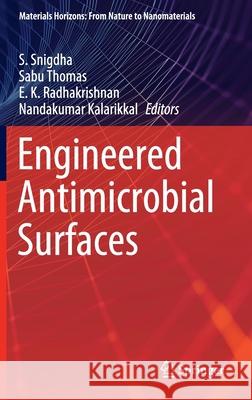Engineered Antimicrobial Surfaces » książka
topmenu
Engineered Antimicrobial Surfaces
ISBN-13: 9789811546297 / Angielski / Twarda / 2020 / 163 str.
Engineered Antimicrobial Surfaces
ISBN-13: 9789811546297 / Angielski / Twarda / 2020 / 163 str.
cena 603,81
(netto: 575,06 VAT: 5%)
Najniższa cena z 30 dni: 578,30
(netto: 575,06 VAT: 5%)
Najniższa cena z 30 dni: 578,30
Termin realizacji zamówienia:
ok. 22 dni roboczych
Dostawa w 2026 r.
ok. 22 dni roboczych
Dostawa w 2026 r.
Darmowa dostawa!
Kategorie:
Kategorie BISAC:
Wydawca:
Springer
Seria wydawnicza:
Język:
Angielski
ISBN-13:
9789811546297
Rok wydania:
2020
Wydanie:
2020
Numer serii:
000845916
Ilość stron:
163
Waga:
0.42 kg
Wymiary:
23.39 x 15.6 x 1.12
Oprawa:
Twarda
Wolumenów:
01
Dodatkowe informacje:
Wydanie ilustrowane











